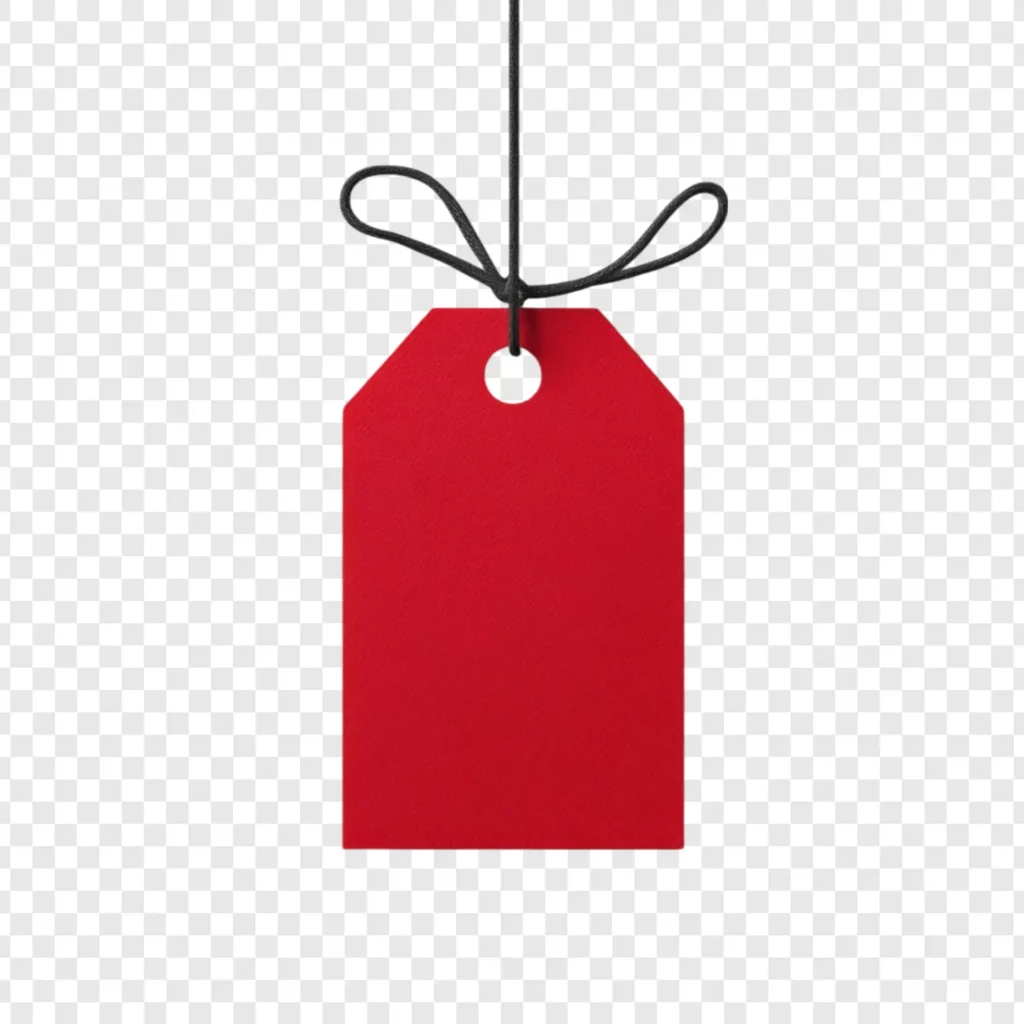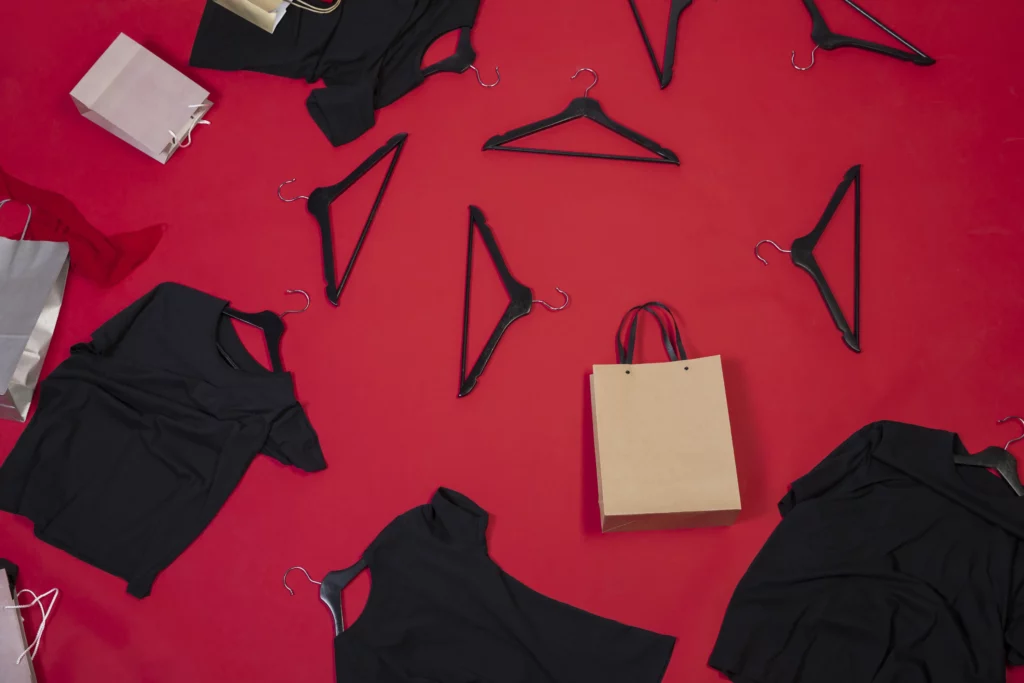When you buy a designer coat in Milan, a scarf in Tokyo, or sneakers in Paris, you’re not just buying fabric. You’re buying a story. But what happens when that story needs to travel the globe? What happens when fashion meets language? A world of translation unfolds behind the seams.
Translation in fashion is where elegance meets precision. It ensures that style speaks fluently across borders, balancing cultural nuance, marketing flair, and linguistic accuracy.
In this article, we unravel how language shapes global fashion, what makes fashion translation uniquely challenging, and why top brands invest heavily in linguistic artistry. Whether you’re a stylist, marketer, or translator, these insights will give you a front-row seat to the fusion of couture and communication.
When Threads Talk: Language as Fashion’s Global Passport
Fashion may be visual, but it speaks. From product descriptions and brand manifestos to fashion shows and Instagram captions, language shapes how we perceive style. As a whole, fashion relies on emotionally charged language to create identity, aspiration, and allure.
Translation, then, is not merely a technical act. It’s an artistic one.

According to CSA Research, 76% of international consumers prefer to buy products with information in their own language. In the fashion industry, this often means localizing more than just the label. It includes:
- Product descriptions that capture tone and texture
- Size guides tailored to local measurement standards
- Campaign slogans adapted for cultural relevance
- Brand stories that preserve voice while embracing diversity
“Fashion translation is about conveying attitude, not just facts,” says Elise Watanabe, a fashion copywriter for global luxury brands. “You can’t just translate ‘chic’ word-for-word. You have to translate what makes it feel chic in that culture.”
This means that each phrase must be tried on like a garment—tailored, styled, and fitted.
Why Translating Fashion Is Uniquely Difficult
Fashion translation walks a tightrope between creativity and precision.
As a general rule, most industries prefer clarity over style. Not fashion. In couture communication, tone is everything.
Here are key challenges fashion translators face:

Brand voice: Every fashion house has a unique personality. Gucci speaks differently than Uniqlo. Translators must mirror this voice perfectly.
Cultural taboos: A phrase like “bare it all” might sell swimsuits in one country but offend in another.
Terminology gaps: Not all terms exist in all languages. Think of “tulle,” “cowl neck,” or “color-blocking.”
Size & measurement conversion: EU sizes differ from US or Japanese ones, which often affects wording and layout.
Speed: Fast fashion means faster translation. Deadlines are tighter than ever.
On average, high-street brands localize over 5,000 new product descriptions per season. That requires automation tools—but also human touch.
“We use AI for speed, but our human linguists still polish everything,” says Marie Chen, head of localization at a major sportswear brand. “One wrong phrase, and you risk sounding off-brand—or worse, offending buyers.”
The Role of Transcreators in Fashion
When direct translation fails, transcreation takes over.
Transcreation is the process of creatively adapting content for a new audience. It blends translation with copywriting to retain emotional impact.

Fashion slogans, editorial headlines, and influencer campaigns often need transcreation. Take Zara’s Spanish slogan “Love Your Curves.” In English, it worked. But in Arabic markets, the concept had to be adapted for modesty and tone.
“Transcreation is tailoring the language so well, no one knows it was tailored,” says Leila Khoury, a Dubai-based fashion linguist. It ensures the brand message fits like couture—invisible seams, perfect fit.
In high-end fashion, this service can cost up to 5x more than standard translation—but the ROI often justifies it.
Fashion Translation in the Digital Age
Digital fashion is global fashion.
From Instagram Reels to TikTok try-ons, fashion content spreads instantly. Brands now rely on multilingual content strategies to stay visible and relevant.
Examples of translation touchpoints in fashion include:
- E-commerce product listings
- App localization
- Chatbot scripts
- Multilingual influencer campaigns
- Fashion show subtitles
Tools like memoQ, Lokalise, and Phrase streamline the process. But fashion still needs a human editor to finesse tone, humor, or subtlety.
Case in point: H&M once used an automatic translation for a Chinese campaign, which led to awkward phrasing. They later re-invested in native copywriters for all key markets.
The Future: Inclusive, Multilingual, Authentic
As the fashion industry becomes more inclusive, translation is playing a more important role in shaping how people see themselves and access style.
Today’s shoppers care about more than just how clothes look—they care about the values behind the brand. They want fashion to speak to them not just in their language, but also in a way that connects emotionally and ethically.
That means using:
- Gender-neutral language for product descriptions
- Clear, accessible descriptions for people of all abilities
- Words and tone that reflect local cultures and identities
Big brands like Nike and ASOS are already updating their content to match local language trends and inclusive values.
In short, fashion translation is no longer something done quietly in the background. It’s now a key part of how style is shared, understood, and bought around the world.
5 Differences between Asian and European fashion language

1. Tone and Formality
- Asian fashion language (e.g. Chinese, Japanese, Korean) often uses more formal, poetic, or refined expressions, especially in product descriptions. Elegance, harmony, and softness are highly valued.
- European fashion language (especially English, French, Italian) tends to be bolder, more casual, and expressive, emphasizing individuality and trendiness.
Example:
Chinese: “温婉典雅的剪裁,展现女性柔美曲线”
English: “Sleek silhouette with a feminine edge”
2. Focus on Details vs. Attitude
- Asian markets often emphasize technical details—fabric texture, stitch quality, and comfort.
- European copy leans more on attitude and lifestyle, with slogans like “Own the moment” or “Effortless elegance.”
3. Cultural Sensitivities
- Asian consumers respond well to messaging around modesty, skin coverage, and skin tone.
- European audiences may expect freedom, body positivity, and diversity in size, age, and gender messaging.
4. Language Structure and Length
- Asian languages often use descriptive phrases with layered meaning, and sentence structure is more compact but information-rich.
- European languages (especially English) are more direct, using short, punchy sentences and active verbs.
5. Use of English in Asia vs. Native Languages in Europe
- In Asia, English phrases are often mixed into fashion branding for a “premium” or trendy feel.
- In Europe, brands tend to prioritize high-quality translation into local languages (e.g. French, German, Italian) for a more native, authentic connection.
10 Essential Tips for Translating Fashion Content with Style and Sensitivity
1. Know the Brand Voice
Stay true to the brand’s tone—whether it’s playful, elegant, edgy, or minimal. Consistency builds trust.
2. Go Beyond Literal Translation
Fashion is emotional. Translate the feeling, not just the words. “Soft cotton” might become “轻柔亲肤的棉质” (soft and skin-friendly cotton) in Chinese, adding a sensory layer.
3. Use Inclusive Language
Use gender-neutral terms where appropriate, and be sensitive to cultural norms around body image, ability, and identity.
4. Mind the Sizing and Fit
Sizes vary by region. Clarify fit (tight, loose, oversized) in culturally familiar terms, and avoid confusion with local sizing standards.
5. Adapt for Local Culture
Colors, patterns, and terms may carry different meanings. For instance, white symbolizes purity in some cultures, but mourning in others.
6. Avoid Overused Clichés
Phrases like “must-have” or “timeless” may sound dull if overused. Use fresh, vivid language that evokes style and mood.
7. Use Industry Terminology Wisely
Translate materials (e.g., chiffon, wool blend) and garment styles (e.g., midi dress, bomber jacket) with correct terms your audience will understand.
8. Keep SEO in Mind
If for online use, include local keywords that reflect what people actually search for—“summer dress” might be better translated as “轻薄连衣裙” (lightweight dress) in Chinese contexts.
9. Collaborate with Native Editors
If possible, have a native speaker review your work, especially for marketing or product copy. They’ll catch tone issues and awkward phrasing.
10. Stay Updated
Fashion trends evolve fast. Stay in the loop with current style terms and how they’re used in your target language.
In couture, every detail counts. So does every word. When fashion meets language, it’s not about translation—it’s about transformation.
At AZ-Loc, we specialize in helping fashion brands move fluently across borders. Whether you’re launching a seasonal collection or building a global e-commerce empire, we make sure your style speaks the right language, everywhere.
READ MORE: 20,000 Words of Fashion Translation into Chinese in just 5 days
